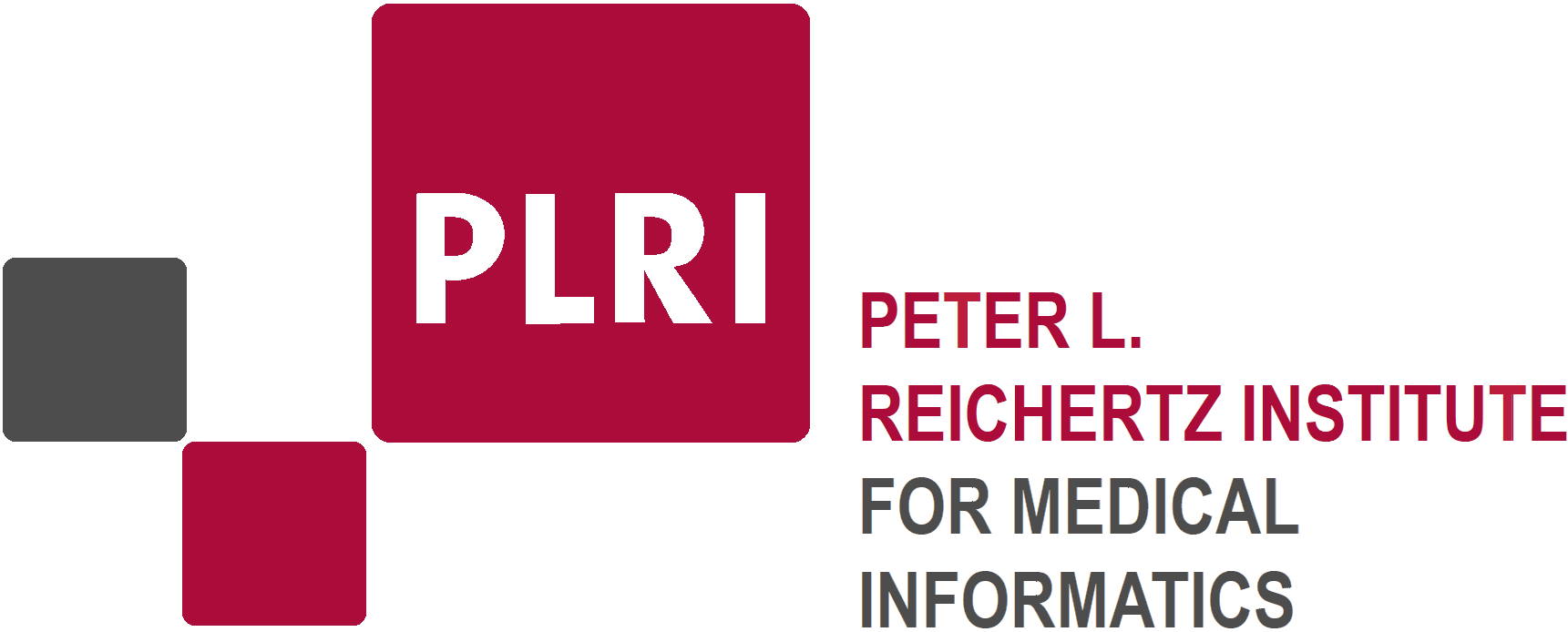
Ambient Assisted Living (AAL) proved to be a potential solution to handle rising healthcare costs and sinking independence and self-reliance of elderly in demographically changing countries. Current home-centered health-enabling technologies are usually posing separate solutions for domain-specific problems. They do not focus on interoperability or integration into multi-domain environments taking more into account than AAL use cases.
Interoperability standards may help to close this gap but are in most cases restricted to delineated domains like medical systems, power management or technical building management. Critical problems like interoperability, usability, security, reliability, and the quality of the user experience are not solved but addressed isolated. Dealing with all of the aspects needs a broader understanding of the environment AAL is embedded into.
Back to the original idea of smart houses, we need to include all sub-domains of a home environment complementary to AAL like building energy management (BEM), home safety, smart grid integration, medical data, and housing industry services. This technical and organizational integration is addressed by the BASIS project (Build Automation by a Scalable and Intelligent System), which aims to build a cross-domain home bus system.
Every integrated sensor and actuator is useable by connected domains facilitating evaluation of foreign sub-domain data for AAL use cases. Key requirement is a common domain model and data structure over all sub-domains to implement a home-centered data store accessible for all sub-domains. Distinct domain models for AAL do exist. Structuring complex data is the strength of the medical domain with the existence of reliable interoperability standards like HL7 v2, v3, openEHR or the new HL7 FHIR. The latter focuses on interoperability with strong extensibility and flexibility, which creates some interesting possibilities to extend the scope of FHIR to other related domains.
PLRI has a long history of research in the fields of ambient assisted living (AAL) and HET. PLRI not only drives a 50 m2 living lab but also nine real apartments in the Cities of Braunschweig, Goslar, and Seesen, Lower Saxony. These apartments are owned by Nibelungen-Wohnbau-GmbH or Baugenossenschaft Wiederaufbau and equipped with several sensors such as movement, luminance, door and window opening, open door crossing, temperature, humidity, hot and cold water flow, power consumption, as well as respiratory frequency and heart rate that is grabbed from accelerometers mounted on the bed frame. Reference projects are:
-
BASIS (Building Automation by a Scalable and Intelligent System)
integrates a wide variety of sensors and actuators from home safety to energy management. The technology is based partly on KNX bus and the European installation bus (EIB) daemon and is similar to the controller area network (CAN) specification, which is mainly used in automotive environments.
Scalability and ease of extensions are the main features of the BASIS technology. -
MSILH (Modern, Safe and Independent Living in Health)
has built a registry that collects EDR data from apartments. Simply inspecting the pattern that are produced by daily monitoring the apartment indicates loss of regularity and may be used to generate appropriate alerts.
Fall detection
Aiming at the reduction of falls on geriatric wards, an acceleration sensor-based system was developed and evaluated. The system combines mounted as well as carried sensors and is able to detect attempts to get up from the bed and informs nurses that can offer assistance. A prototype has been successfully evaluated in a pilot clinical trial over one year with 98 patients. In previous research, accelerometric, optic, and acoustic sensors have been successfully combined to robustly detect falls in smart homes. An accelerometer was worn by the subjects and an RGB-D sensor with a microphone was unobtrusively installed in the apartments.
We are aiming at the further development of smart home by integrating ECG chair, bed, and PPG. In addition, the researchers at PLRI are working toward the integration of a wireless data acquisition system into BASIS.
